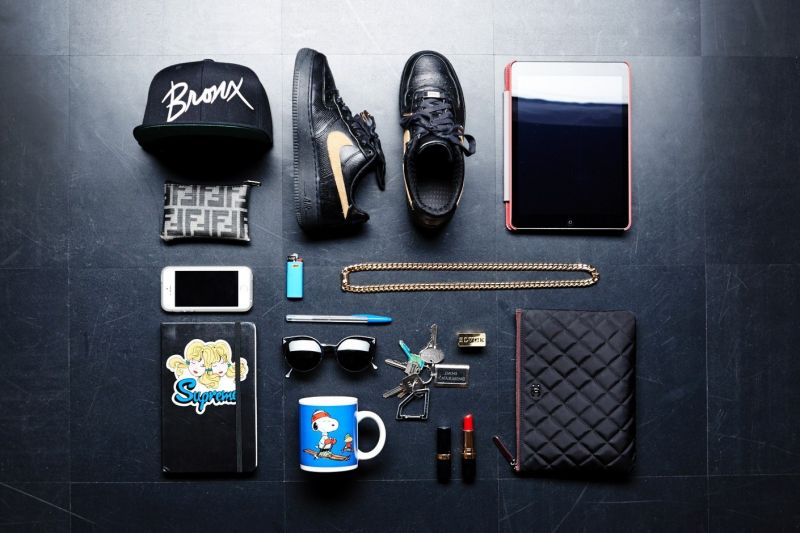Essential Features to Look For in Team Equipment BagsEssential Features to Look For in Team Equipment Bags
Sturdy Material and Construction For Durable Team Bags
When selecting a team equipment bag, one of the most important factors to consider is the overall durability and construction quality. The bag will be subjected to a lot of wear and tear, being constantly loaded and unloaded, tossed around, and transported from place to place. As such, it is crucial to choose a bag made from sturdy, rugged materials that can withstand the demands of daily use.
The ideal team gear bag will have a durable, abrasion-resistant outer shell fabricated from hardwearing synthetic fabrics like ballistic nylon or polyester. These materials are designed to be super tough and withstand scuffing without fraying or ripping. Some bags also incorporate tear-resistant meshes into high-stress areas for added reinforcement. Look for bags featuring double-stitched seams throughout for enhanced structural integrity, as well as bar tacking at major stress points for additional support.
It’s also advisable to select a bag with a durable, water-resistant base that can stand upright fully loaded without sagging. The base of a team equipment bag takes a beating, so a heavy duty padded or molded composite base offers better protection. Integrated bumpers on the corners and contact points also absorb impacts if the bag is set down roughly.
For the main compartment zippers, be sure they are made of heavy duty metals or plastics, featuring oversized zipper pulls that can be easily grasped even while wearing gloves or sports braces. It’s frustrating dealing with zippers that catch or break, so durability here is key.
Taking the time to inspect the overall construction quality before purchasing can ensure you get a rugged team equipment bag that will endure many seasons of hard use transporting gear from the locker room to the playing field and back. A bag built tough from quality fabrics, reinforced stitching, and durable components will protect your team’s equipment for the long haul.
Secure Valuables Pocket for Team Bags

In addition to having sufficient space for all of a team’s gear, one of the handiest features to have in a team equipment bag is a specialized secure pocket for holding valuables. On game days, players often bring personal items like cell phones, wallets, keys and other small belongings that they don’t want mixed in with sweaty uniforms and gear. A designated valuables pocket helps keep these items protected yet quickly accessible.
Look for a team equipment bag that incorporates a zippered valuables pocket strategically placed for easy access, such as on the top of the bag or on the end. For security, the pocket should be fully lined and ideally also RFID-shielded to safeguard against electronic scanning theft. The pocket itself should be made of cut-resistant mesh or tightly woven fabric rather than elasticized spandex, which can be easier to slice open. Sturdy zippers on these pockets are a must, preferably with two zipper pulls that can join together and be locked with a small padlock or locker lock.
Having an external valuables pocket allows team members to grab personal items without having to unpack the whole bag and dig around inside. Interior pockets are fine, but can be tricky to access quickly during active games or matches when gear is being rapidly shuffled in and out. Exterior pockets also allow valuables to be accessed without opening the main compartment, keeping dirt and moisture out.
For top convenience, some team bags offer more than one external valuables pocket. Secondary pockets are useful for holding items like cash, credit cards, jewelry or watches that players want to keep especially secure. Multiple pockets allow gear like phone, wallets and keys to be separated for faster access.
With their hectic schedules, athletes and sports teams need to stay organized on the go. Having one or more secure, dedicated valuables pockets on a team equipment bag is an excellent solution for keeping track of personal items during busy game days or tournament travel. Team members will appreciate the convenience of knowing their valuables are protected but within reach when transporting their sports gear.
Multiple Compartments for Organized Team Bags
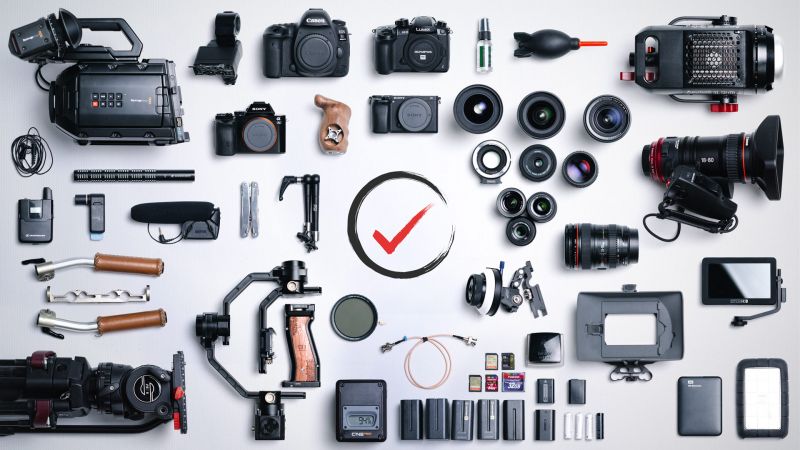
Transporting all the equipment a sports team needs for practice and game days can quickly turn into disorganized chaos if not properly stored. That’s why choosing a thoughtfully designed team equipment bag with multiple compartments for organized storage is so important.
Look for a team gear bag that offers both large main compartments as well as several smaller exterior and interior pockets and compartments. This allows for strategic packing so equipment can be neatly separated and quickly accessed. Large main compartments work well for bulky gear like uniforms, pads, helmets and shoes. Meanwhile, smaller compartments help organize smaller items like socks, gloves, first aid kits and personal electronics.
Bags with dual large compartments are ideal for keeping clean and dirty gear separated before laundering. This prevents sweat and odors from soiling fresh gear. Some bags also incorporate full-length wet/dry compartments specifically designed to isolate wet, dirty gear away from clean apparel and equipment.
Exterior pockets are great for items that need quick access like keys, wallets, snacks, phones and anything else players want to grab easily. Interior mesh pockets help contain loose small objects, while specialized pockets sized for gear like balls, shoes or helmets keep everything in its place.
To keep gear organized on the field, look for team equipment bags that allow the main compartments to be selectively accessed. Some feature zippered dividing panels inside, while others have D-shaped zipper openings that provide access just to one side of the bag.
With multiple practices and games each week, sports teams need an equipment bag that offers smart compartmentalized storage. Thoughtful design features like dual main compartments, wet/dry separation, specialized pockets and divider panels can help keep team gear neatly organized and ready for action.
Padded Shoulder Straps for Comfortable Team Bags
Zippers are often the first component to fail in equipment bags. To avoid this common pitfall, choose bags with heavy-duty metal or plastic zippers featuring oversized pulls. These are easier to grasp, even when wearing gloves or sports braces, and are less likely to break or catch during use.
Secure Valuables Pocket: Protecting Personal Items on Game Day
Athletes often carry personal items like phones, wallets, and keys alongside their sports gear. How can a team equipment bag keep these valuables safe and accessible? A dedicated secure pocket is the answer.
Key Features of an Effective Valuables Pocket:
- Strategically placed for easy access (e.g., top or end of the bag)
- Fully lined and RFID-shielded
- Constructed with cut-resistant mesh or tightly woven fabric
- Equipped with sturdy zippers and dual pulls for lock compatibility
Why is an external valuables pocket preferable? It allows quick access without unpacking the entire bag, keeping dirt and moisture away from the main compartment. Some high-quality team bags even offer multiple external pockets, enabling further organization of personal items.
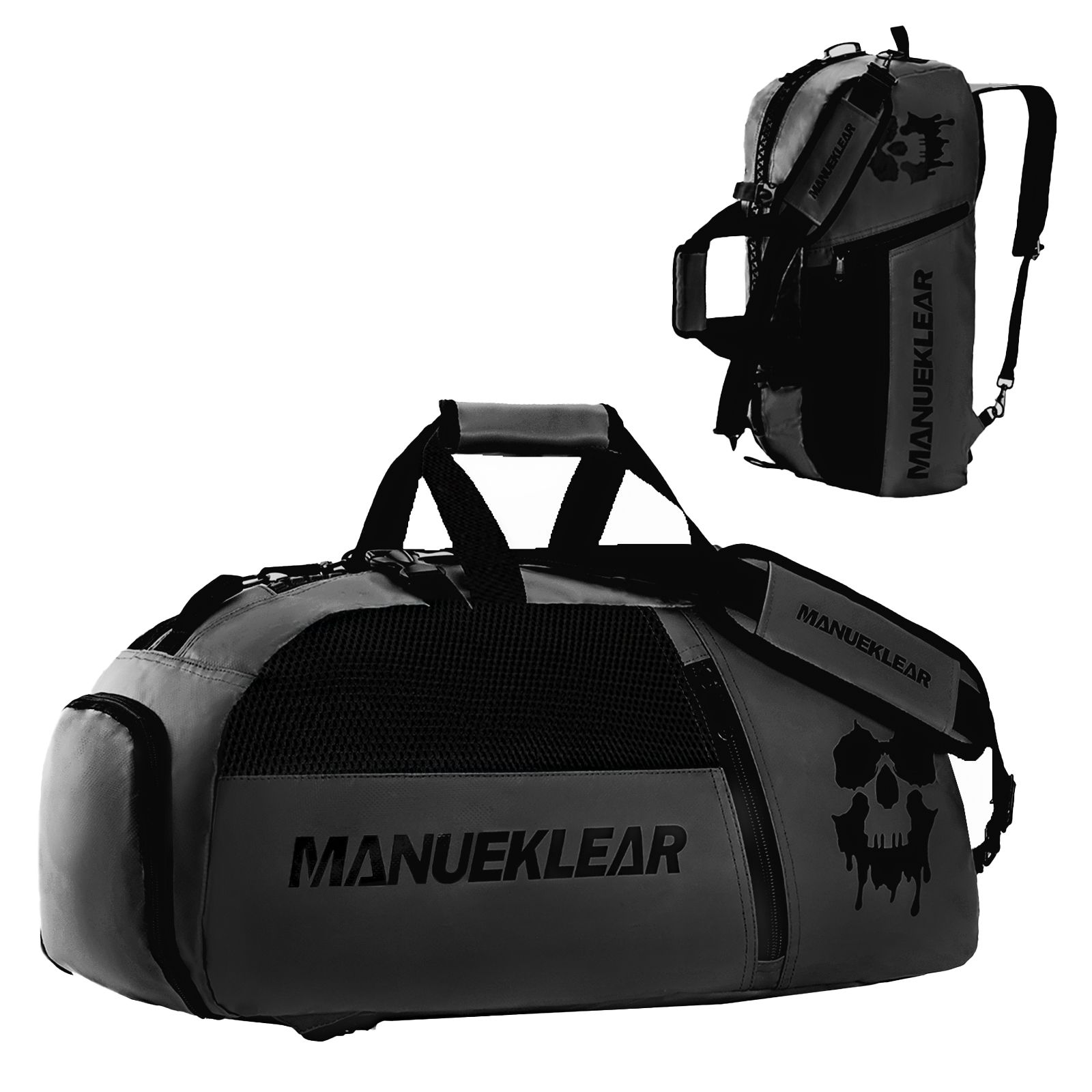
Compartmentalization: The Key to Organized Team Gear
Transporting a team’s worth of equipment can quickly become chaotic without proper organization. How can multiple compartments in a team bag solve this problem?
An ideal team equipment bag should feature large main compartments for bulky items like uniforms, pads, and helmets, as well as smaller exterior and interior pockets for accessories. This design allows for strategic packing, ensuring that all gear is neatly separated and easily accessible.
Benefits of Multi-Compartment Team Bags:
- Efficient gear organization
- Quick access to specific items
- Separation of clean and dirty gear
- Improved gear protection
- Easier inventory management
Some advanced team bags even offer customizable dividers or removable organizers, allowing teams to adapt the bag’s layout to their specific needs. This flexibility can be particularly useful for teams that participate in multiple sports or have varying equipment requirements throughout the season.
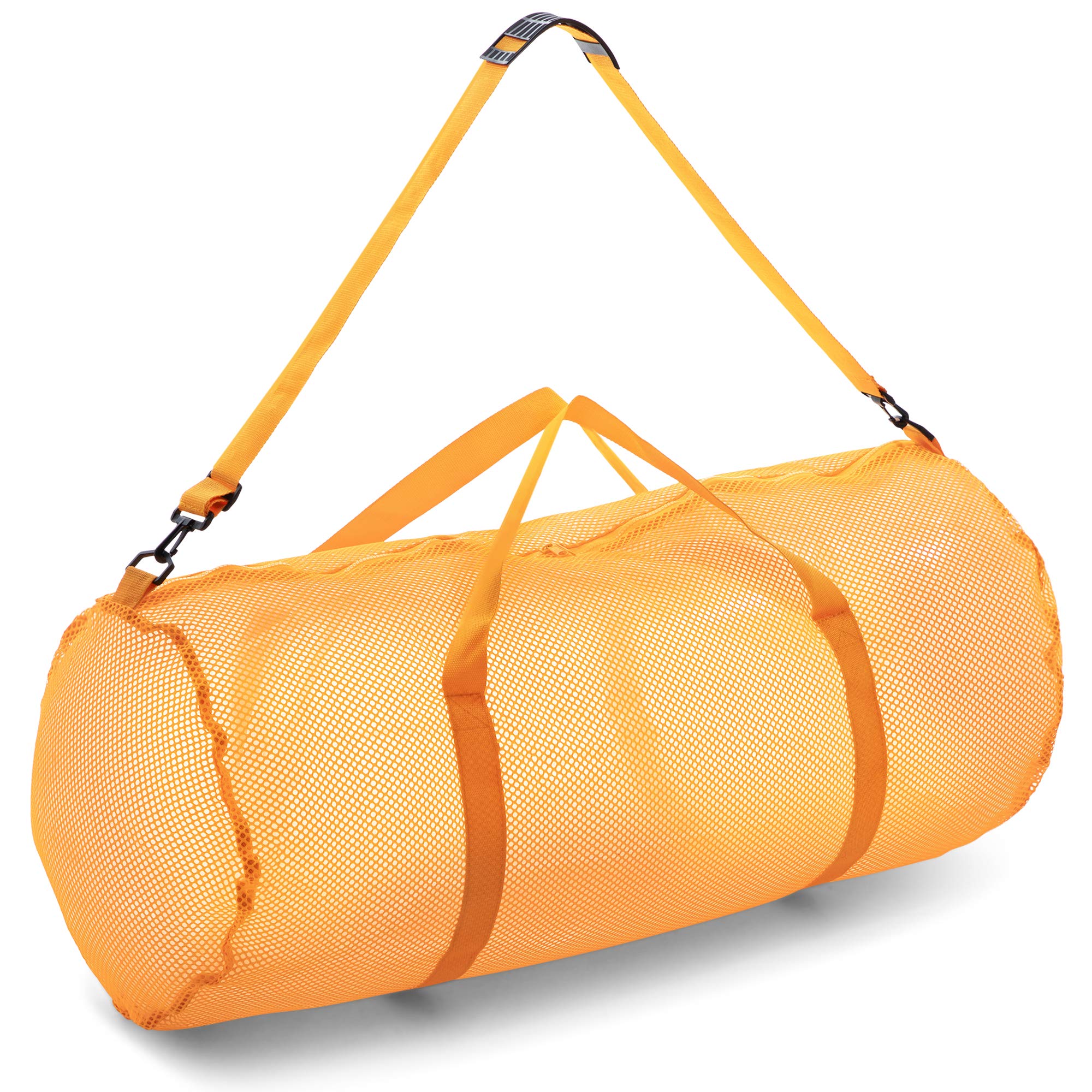
Ventilation Systems: Combating Odor and Moisture in Team Bags
Sports equipment inevitably accumulates sweat and moisture, which can lead to unpleasant odors and potential gear damage. How can team equipment bags address this issue?
Effective ventilation systems are crucial for maintaining gear freshness and longevity. Look for bags with strategically placed mesh panels or vented compartments that promote air circulation. Some advanced bags even incorporate antimicrobial linings to inhibit the growth of odor-causing bacteria.
Key Ventilation Features to Consider:
- Mesh side panels for continuous airflow
- Vented shoe compartments to isolate odors
- Breathable fabric lining
- Antimicrobial treatments
- Removable, washable compartments for easy cleaning
By prioritizing ventilation in team equipment bags, you can significantly reduce odor buildup and extend the life of the gear stored inside. This feature is particularly important for teams that travel frequently or store equipment for extended periods between uses.
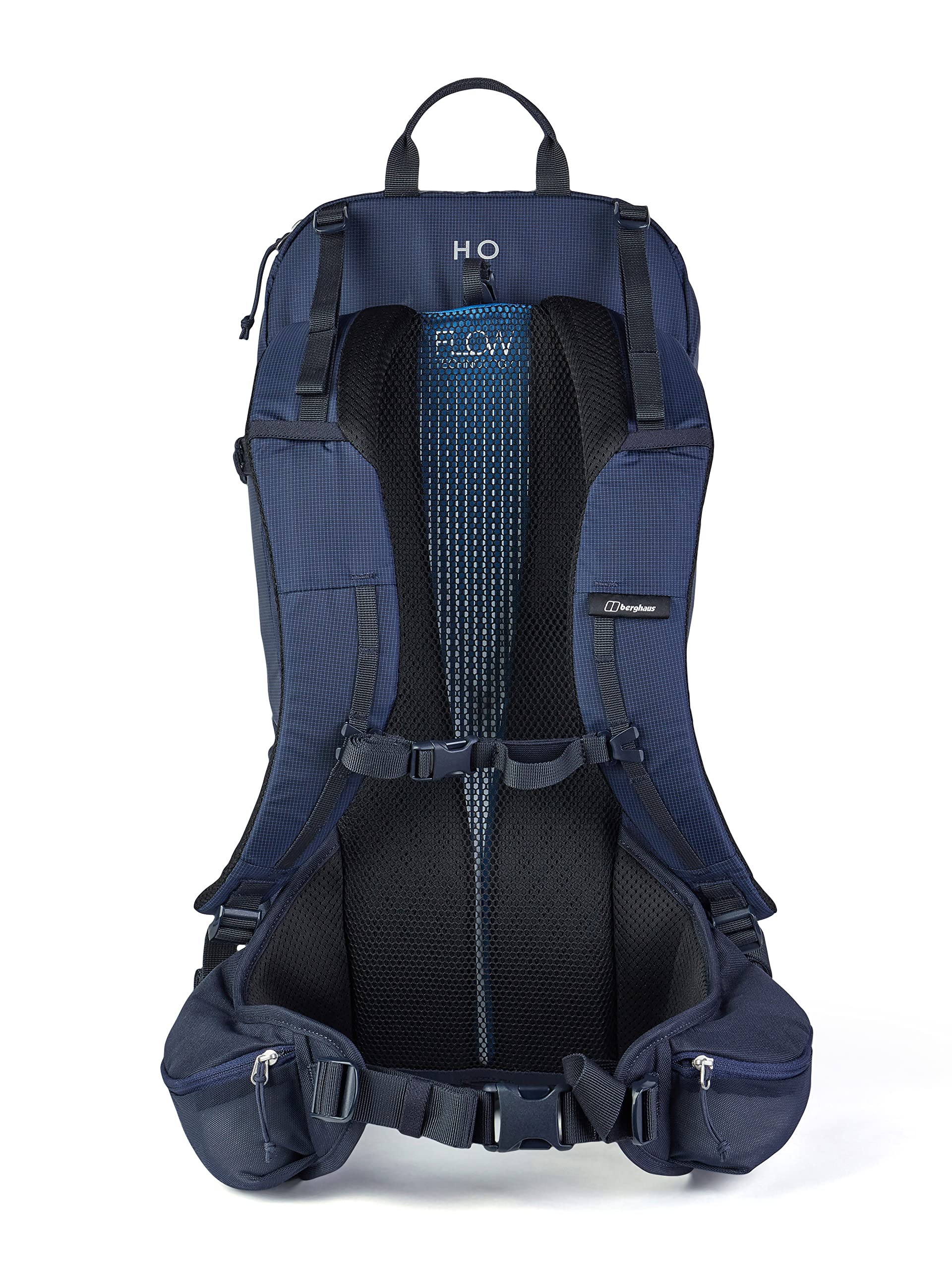
Ergonomic Design: Enhancing Comfort and Mobility
Team equipment bags can become quite heavy when fully loaded. How can ergonomic design features make transporting these bags more comfortable and efficient?
Look for bags that offer multiple carrying options, such as padded shoulder straps, reinforced handles, and wheels for rolling. The best team bags incorporate adjustable, contoured shoulder straps with ample padding to distribute weight evenly and reduce strain on the carrier’s back and shoulders.
Ergonomic Features to Prioritize:
- Padded, adjustable shoulder straps
- Reinforced top and side handles
- Smooth-rolling, durable wheels
- Telescoping handle for easy maneuvering
- Balanced weight distribution when fully loaded
For wheeled bags, ensure the wheels are large enough to handle various terrains and are positioned to provide stability when the bag is standing upright. A sturdy telescoping handle with an ergonomic grip can make a significant difference in maneuverability, especially when navigating through crowded spaces or over uneven surfaces.
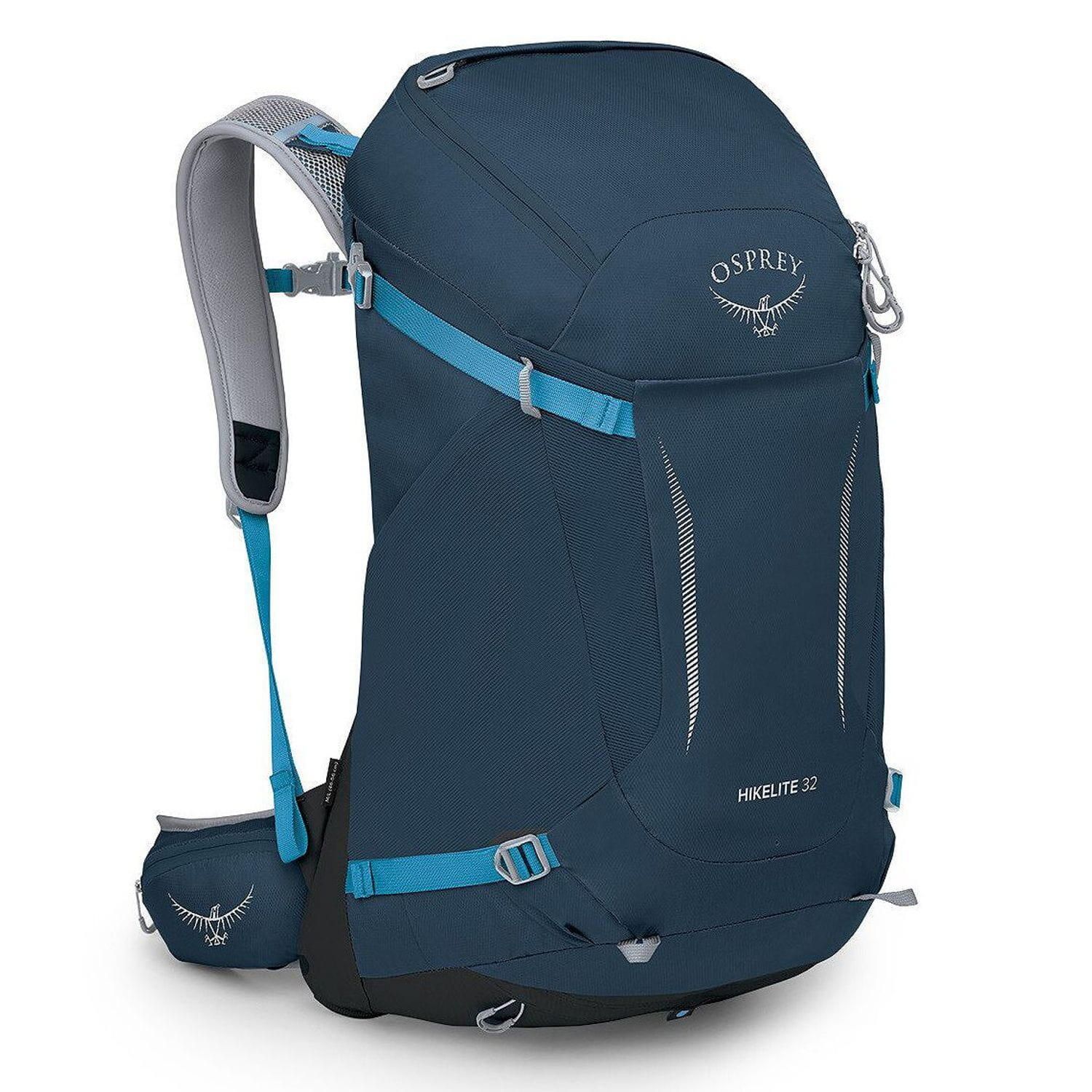
Weather Resistance: Protecting Gear from the Elements
Sports teams often face unpredictable weather conditions. How can team equipment bags safeguard gear against rain, snow, and extreme temperatures?
Weather-resistant features are essential for protecting valuable sports equipment from moisture and temperature fluctuations. Look for bags constructed with water-resistant or waterproof materials, sealed seams, and covered zippers to prevent water ingress.
Weather-Resistant Features to Consider:
- Water-resistant or waterproof outer fabric
- Sealed or taped seams
- Covered zippers or storm flaps
- Moisture-wicking interior lining
- Insulated compartments for temperature-sensitive items
Some high-end team bags even offer removable rain covers for added protection during severe weather. Additionally, bags with insulated compartments can help maintain the optimal temperature for certain types of equipment, such as electronics or medical supplies.
Customization Options: Promoting Team Identity and Unity
Team equipment bags serve a functional purpose, but they can also be a powerful tool for promoting team identity and unity. How can customization options enhance team spirit and professionalism?
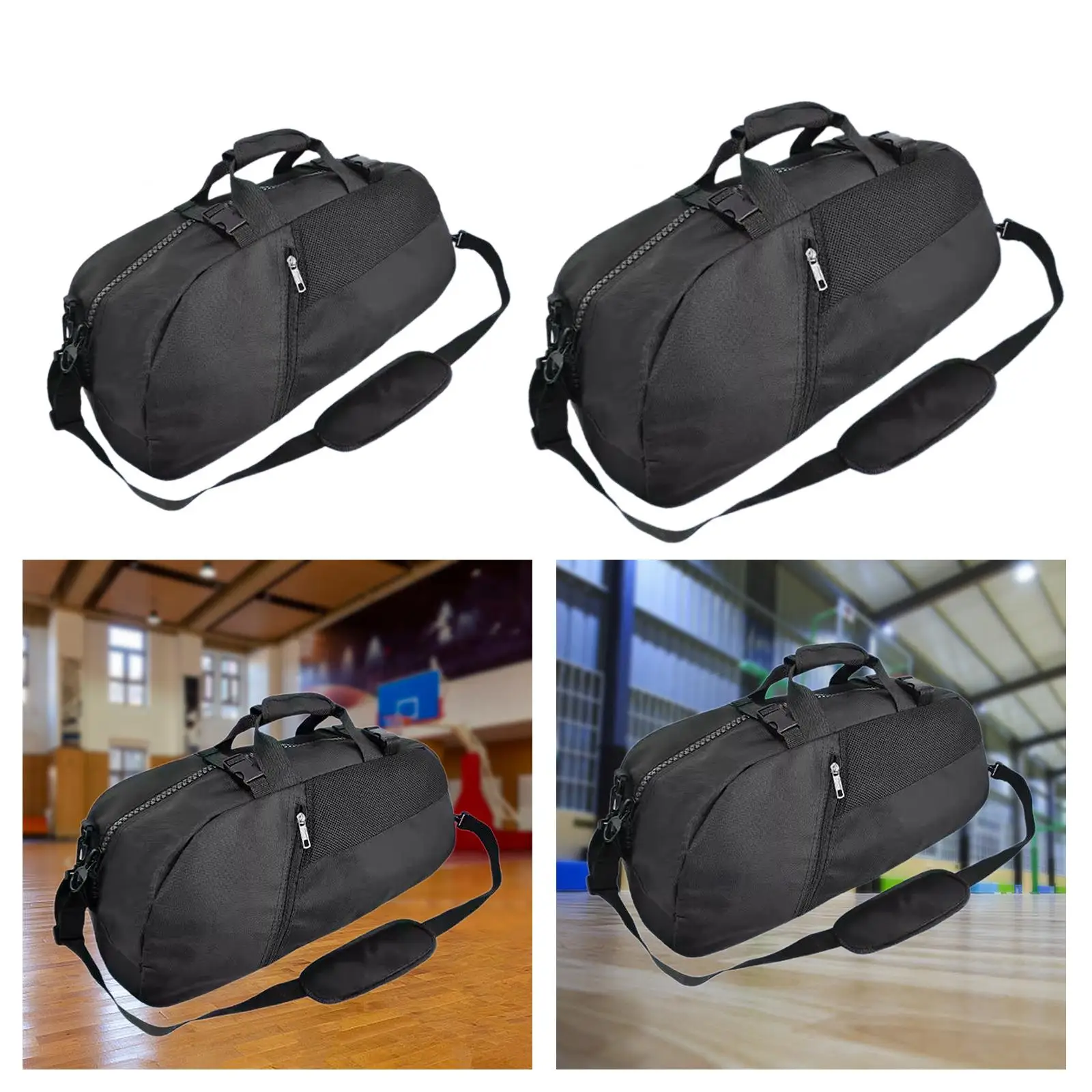
Many manufacturers offer customization services that allow teams to add their logos, colors, and player names or numbers to equipment bags. This not only helps in identifying individual bags but also creates a cohesive team appearance when traveling or arriving at events.
Popular Customization Options:
- Embroidered team logos
- Screen-printed graphics or text
- Custom color schemes
- Personalized name and number tags
- Removable patches or badges
Some advanced customization options even allow for different designs or colors for various positions or roles within the team, further enhancing organization and team structure. When considering customization, ensure that the chosen method is durable and won’t fade or peel with frequent use and washing.
Smart Storage Solutions: Adapting to Modern Team Needs
As technology becomes increasingly integrated into sports, team equipment bags must adapt to accommodate these new tools. How are modern team bags addressing the need for smart storage solutions?
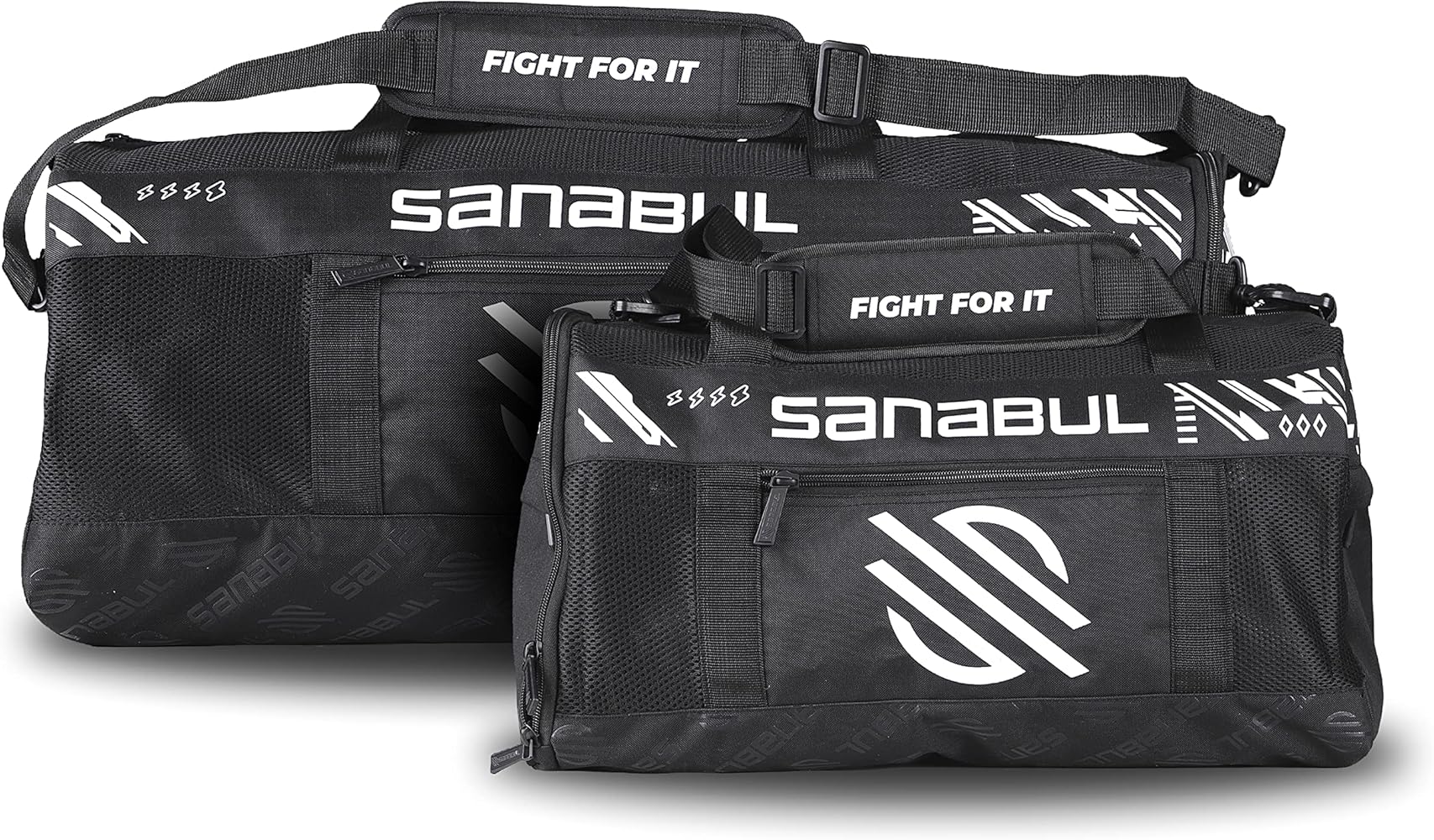
Look for bags that incorporate features designed specifically for electronic devices and sports technology. This might include padded laptop compartments, cable management systems, or dedicated pockets for tablets and smartphones.
Smart Storage Features to Look For:
- Padded laptop or tablet sleeves
- Built-in cable organizers
- RFID-blocking pockets for electronic devices
- Integrated power banks or charging ports
- Waterproof compartments for electronics
Some advanced team bags even offer built-in tracking devices or smart locks that can be controlled via smartphone apps, adding an extra layer of security and convenience for teams on the move.
Sustainability: Eco-Friendly Options for Conscious Teams
With growing awareness of environmental issues, many teams are seeking more sustainable equipment options. How are manufacturers addressing this demand in team equipment bags?
Eco-friendly team bags are becoming increasingly available, featuring materials and manufacturing processes that minimize environmental impact without compromising on durability or functionality.
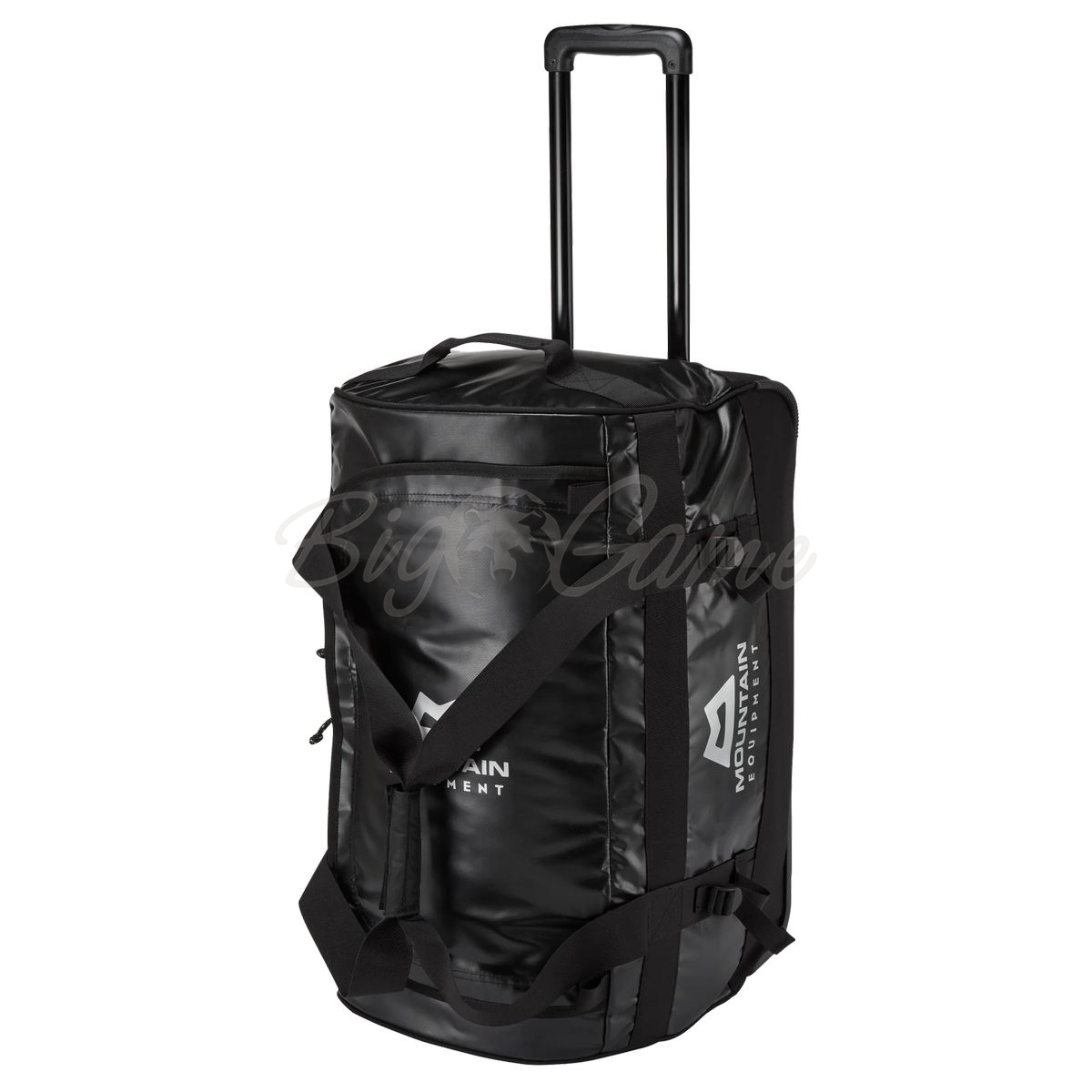
Sustainable Features in Team Equipment Bags:
- Recycled or upcycled materials
- PVC-free construction
- Bio-based or biodegradable fabrics
- Water-based, non-toxic dyes and finishes
- Responsibly sourced components
Some manufacturers are also implementing take-back programs, allowing teams to return old bags for recycling or repurposing. When considering sustainable options, look for certifications from reputable environmental organizations to ensure the bag truly meets eco-friendly standards.
Versatility: Adapting to Different Sports and Seasons
Many athletes and teams participate in multiple sports or face varying equipment needs throughout the year. How can team equipment bags offer the versatility required to adapt to these changing demands?
Look for bags that offer modular or convertible designs, allowing for easy reconfiguration based on the current sport or season. Some bags feature removable dividers, expandable compartments, or detachable sections that can be added or removed as needed.

Features That Enhance Bag Versatility:
- Modular internal organization systems
- Expandable main compartments
- Removable specialized pockets (e.g., for cleats or helmets)
- Convertible straps for backpack or duffel-style carrying
- All-season weatherproofing
By investing in a versatile team equipment bag, organizations can reduce the need for multiple specialized bags, saving both money and storage space. This adaptability also ensures that the bag remains useful even as team needs evolve over time.
Compliance with League Regulations: Ensuring Bag Acceptability
Different sports leagues and venues often have specific regulations regarding the size and type of bags allowed. How can teams ensure their equipment bags comply with these rules?
When selecting team equipment bags, it’s crucial to consider any relevant league or venue regulations. Look for bags that are designed with common size restrictions in mind, or those that offer clear documentation of their dimensions and features.
Considerations for League Compliance:
- Size restrictions (length, width, height)
- Material requirements (e.g., clear bags for some venues)
- Prohibited features (e.g., hard-sided containers)
- Special compartments for medical or safety equipment
- Visibility of team identification
Some manufacturers offer bags specifically designed to meet the requirements of major sports leagues or organizations. When in doubt, consult with league officials or venue management to ensure your team’s equipment bags will be permitted at all events.
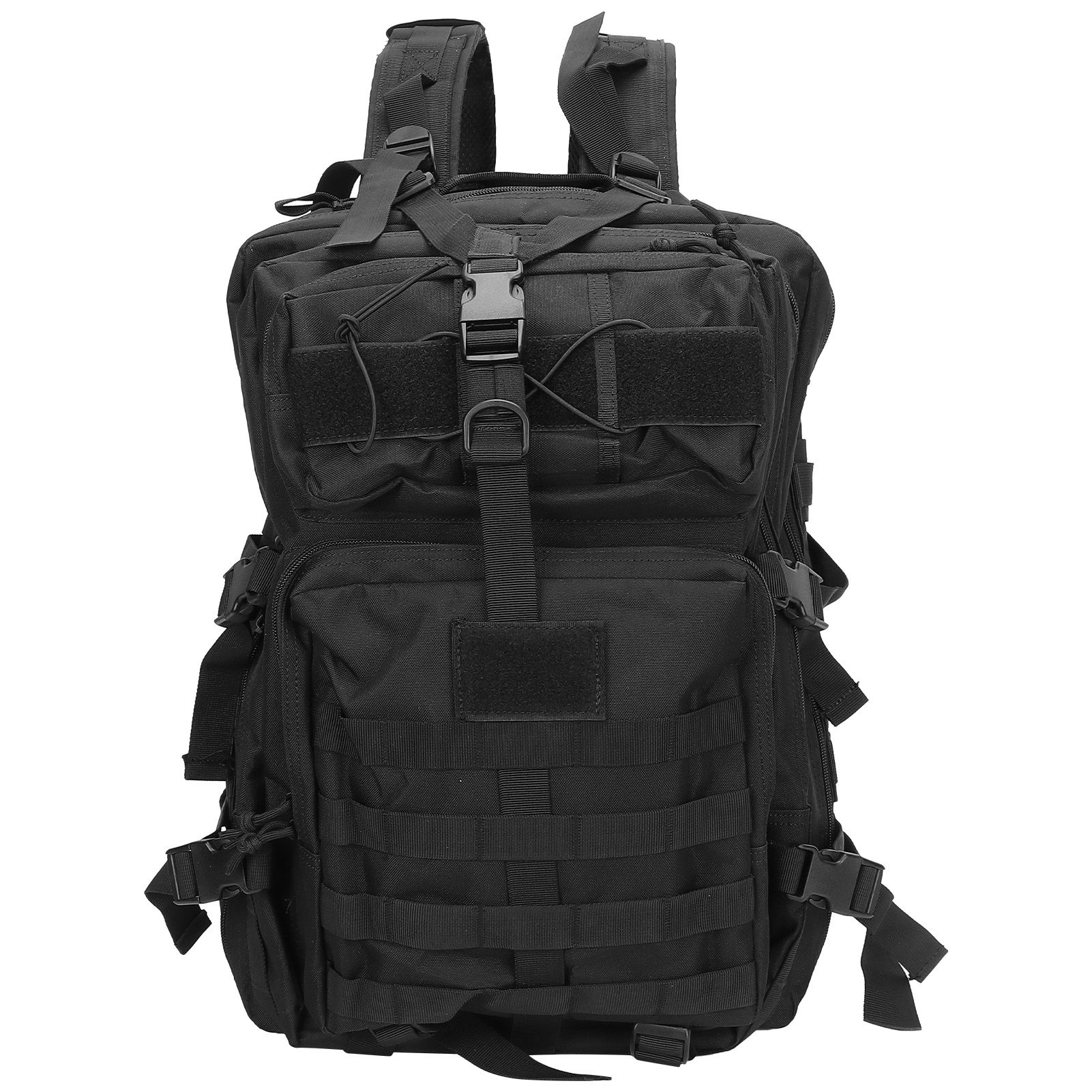
Maintenance and Care: Extending the Life of Team Equipment Bags
Proper maintenance can significantly extend the lifespan of team equipment bags, ensuring they remain functional and presentable for multiple seasons. What are the best practices for caring for these essential pieces of team gear?
Regular cleaning and proper storage are key to maintaining team equipment bags. Most bags can be spot-cleaned with mild soap and water, while some may be machine washable. Always follow the manufacturer’s care instructions to avoid damaging the bag’s materials or compromising its water-resistant properties.
Tips for Maintaining Team Equipment Bags:
- Clean bags regularly, especially after exposure to dirt or moisture
- Allow bags to dry completely before storage
- Store bags in a cool, dry place away from direct sunlight
- Periodically inspect and tighten any loose stitching or hardware
- Apply waterproofing treatments as recommended by the manufacturer
For bags with wheels, regularly clean and lubricate the wheel bearings to ensure smooth operation. If the bag has a telescoping handle, keep the mechanism clean and free of debris to prevent jamming.

By implementing a regular maintenance routine, teams can ensure their equipment bags remain in top condition, protecting their investment and presenting a professional appearance at all times.
Sturdy Material and Construction For Durable Team Bags
When selecting a team equipment bag, one of the most important factors to consider is the overall durability and construction quality. The bag will be subjected to a lot of wear and tear, being constantly loaded and unloaded, tossed around, and transported from place to place. As such, it is crucial to choose a bag made from sturdy, rugged materials that can withstand the demands of daily use.
The ideal team gear bag will have a durable, abrasion-resistant outer shell fabricated from hardwearing synthetic fabrics like ballistic nylon or polyester. These materials are designed to be super tough and withstand scuffing without fraying or ripping. Some bags also incorporate tear-resistant meshes into high-stress areas for added reinforcement. Look for bags featuring double-stitched seams throughout for enhanced structural integrity, as well as bar tacking at major stress points for additional support.
It’s also advisable to select a bag with a durable, water-resistant base that can stand upright fully loaded without sagging. The base of a team equipment bag takes a beating, so a heavy duty padded or molded composite base offers better protection. Integrated bumpers on the corners and contact points also absorb impacts if the bag is set down roughly.
For the main compartment zippers, be sure they are made of heavy duty metals or plastics, featuring oversized zipper pulls that can be easily grasped even while wearing gloves or sports braces. It’s frustrating dealing with zippers that catch or break, so durability here is key.
Taking the time to inspect the overall construction quality before purchasing can ensure you get a rugged team equipment bag that will endure many seasons of hard use transporting gear from the locker room to the playing field and back. A bag built tough from quality fabrics, reinforced stitching, and durable components will protect your team’s equipment for the long haul.
Secure Valuables Pocket for Team Bags

In addition to having sufficient space for all of a team’s gear, one of the handiest features to have in a team equipment bag is a specialized secure pocket for holding valuables. On game days, players often bring personal items like cell phones, wallets, keys and other small belongings that they don’t want mixed in with sweaty uniforms and gear. A designated valuables pocket helps keep these items protected yet quickly accessible.
Look for a team equipment bag that incorporates a zippered valuables pocket strategically placed for easy access, such as on the top of the bag or on the end. For security, the pocket should be fully lined and ideally also RFID-shielded to safeguard against electronic scanning theft. The pocket itself should be made of cut-resistant mesh or tightly woven fabric rather than elasticized spandex, which can be easier to slice open. Sturdy zippers on these pockets are a must, preferably with two zipper pulls that can join together and be locked with a small padlock or locker lock.
Having an external valuables pocket allows team members to grab personal items without having to unpack the whole bag and dig around inside. Interior pockets are fine, but can be tricky to access quickly during active games or matches when gear is being rapidly shuffled in and out. Exterior pockets also allow valuables to be accessed without opening the main compartment, keeping dirt and moisture out.
For top convenience, some team bags offer more than one external valuables pocket. Secondary pockets are useful for holding items like cash, credit cards, jewelry or watches that players want to keep especially secure. Multiple pockets allow gear like phone, wallets and keys to be separated for faster access.
With their hectic schedules, athletes and sports teams need to stay organized on the go. Having one or more secure, dedicated valuables pockets on a team equipment bag is an excellent solution for keeping track of personal items during busy game days or tournament travel. Team members will appreciate the convenience of knowing their valuables are protected but within reach when transporting their sports gear.
Multiple Compartments for Organized Team Bags

Transporting all the equipment a sports team needs for practice and game days can quickly turn into disorganized chaos if not properly stored. That’s why choosing a thoughtfully designed team equipment bag with multiple compartments for organized storage is so important.
Look for a team gear bag that offers both large main compartments as well as several smaller exterior and interior pockets and compartments. This allows for strategic packing so equipment can be neatly separated and quickly accessed. Large main compartments work well for bulky gear like uniforms, pads, helmets and shoes. Meanwhile, smaller compartments help organize smaller items like socks, gloves, first aid kits and personal electronics.
Bags with dual large compartments are ideal for keeping clean and dirty gear separated before laundering. This prevents sweat and odors from soiling fresh gear. Some bags also incorporate full-length wet/dry compartments specifically designed to isolate wet, dirty gear away from clean apparel and equipment.
Exterior pockets are great for items that need quick access like keys, wallets, snacks, phones and anything else players want to grab easily. Interior mesh pockets help contain loose small objects, while specialized pockets sized for gear like balls, shoes or helmets keep everything in its place.
To keep gear organized on the field, look for team equipment bags that allow the main compartments to be selectively accessed. Some feature zippered dividing panels inside, while others have D-shaped zipper openings that provide access just to one side of the bag.
With multiple practices and games each week, sports teams need an equipment bag that offers smart compartmentalized storage. Thoughtful design features like dual main compartments, wet/dry separation, specialized pockets and divider panels can help keep team gear neatly organized and ready for action.
Padded Shoulder Straps for Comfortable Team Bags
Team equipment bags are required to haul a heavy load of gear including bulky and awkward items like shoes, balls, pads and helmets. Lugging all that weight can put a lot of strain on the shoulders, neck and back – quickly leading to discomfort and fatigue. That’s why choosing a sports gear bag with padded shoulder straps is a must for providing carrying comfort.
Quality padding in the bag’s shoulder straps helps cushion the load and prevent the straps from painfully digging in under the weight. Multi-layer padded straps with a soft brushed backing are ideal for preventing chafing even when wearing sleeveless uniforms. The padding itself should be thick and made of closed-cell foam, EVA foam or other dense cushioning materials.
Wider straps better distribute weight across the shoulders and neck area. Straps with a curved ergonomic shape also help provide a more natural fit. Adjustable straps are key for getting just the right customized fit for individual team members. Some bags feature quick-release shoulder straps that can be completely removed when not needed.
For extended comfort when hauling loads long distances, some team equipment bags offer backpack styling complete with chest and sternum straps. These additional straps transfer weight off the shoulders and onto the core and back muscles. Models with a hip belt or lumbar padding also aid in comfortably distributing heavy loads.
Between practices, games and tournaments, sports team members spend a lot of time carrying fully-packed gear bags. Well-cushioned shoulder straps with adjustability ensure portable team storage doesn’t mean sacrificing comfort and ergonomics.
Ventilation in Team Bags Prevents Odor Buildup
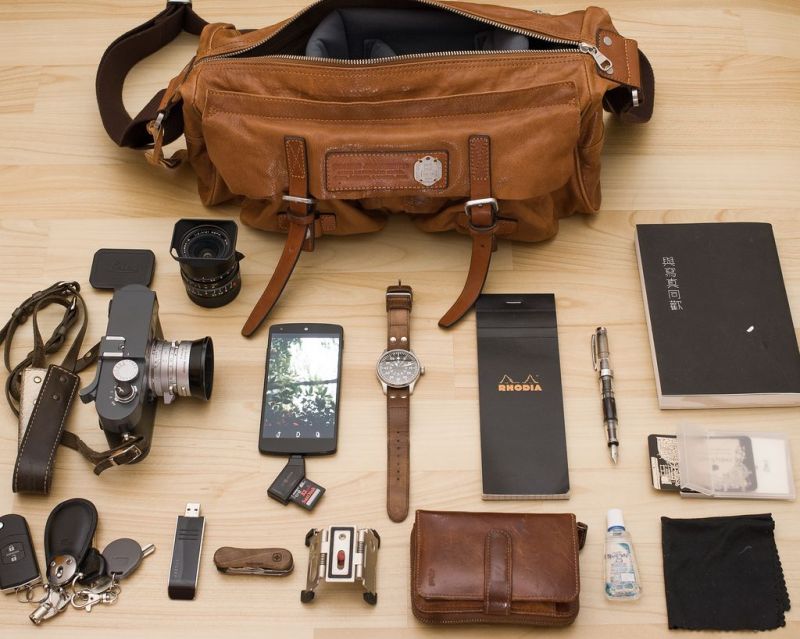
After intense practices or competitive matches, sports gear can end up soaked in sweat and giving off a seriously funky stench. All that moist equipment confined in a gym bag breeds odor and mildew. Proper ventilation is key to keeping team equipment bags fresh smelling.
When selecting a team gear bag, choose options made with breathable open-cell mesh panels or perforated zones to allow air circulation. This ventilation prevents stagnant moist air from being trapped inside the bag and helps promote drying. Placing wet gear into a non-breathable bag will only exacerbate odors.
Bags constructed using moisture-wicking fabrics also aid ventilation by drawing sweat away from the interior lining. Certain polyester blends and microfiber materials have natural wicking properties to keep the interior dry. This not only inhibits odors but helps prevent mold or bacterial growth.
Some team equipment bags feature ventilated wet/dry shoe compartments that can be used to isolate sweaty post-game footwear. Vents in these compartments allow air to circulate so the shoes dry faster. Removable mesh shoe bags also contain odors while still allowing ventilation.
For outdoor sports like lacrosse or soccer played in hot weather, it’s beneficial to select a bag with reflective lining or lightly colored interior. This helps reduce heat buildup inside the bag that contributes to perspiration and odor issues.
A properly ventilated team equipment bag creates an environment where wet gear can dry fully before being stored again. Optimal air circulation inhibits the growth of bacteria and smelly odors, keeping team gear fresh.
Easy to Clean Team Equipment Bags
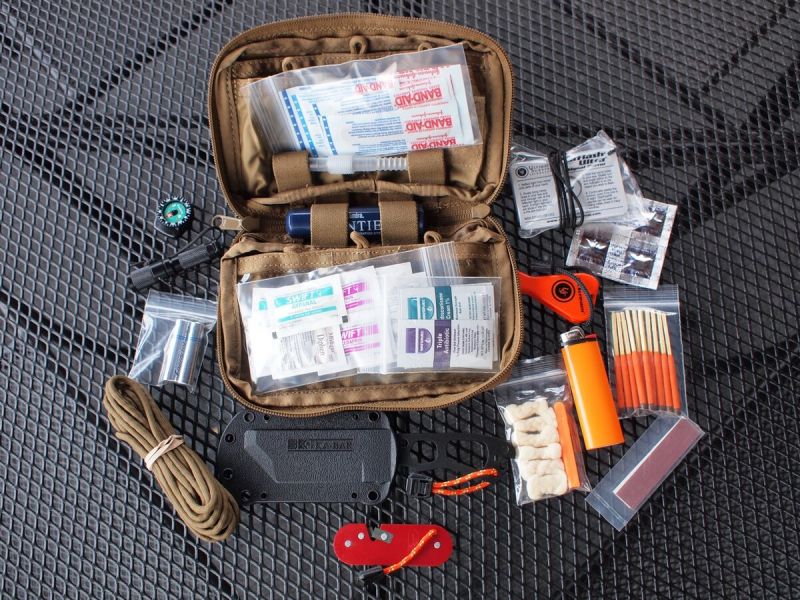
With all the dirt, mud, grass stains, and inevitable spills that come with sports gear, keeping team equipment bags clean can be a chore. Choosing options with easily cleanable materials inside and out is essential for maintaining freshness and hygiene.
Select bags made with smooth synthetic fabrics like vinyl, PVC coated polyester, or tarpaulin which can simply be wiped down. Avoid porous fabrics like canvas that absorb spills. The interior lining should also be a moisture-resistant material that can be spot cleaned as needed.
Bags with removable liner bags simplify cleaning since they can be tossed right in the washing machine. Some liners are anti-microbial treated to inhibit the spread of bacteria that causes odors even after washing.
Exteriors that are water-resistant or coated with a durable water repellant (DWR) finish allow dirt, mud and grime to be sprayed or wiped off without absorbing deep into the fabric weave.
For exterior stains, check that the bag’s fabric is compatible with cleaning products. DWR coatings can break down with harsh chemicals. Mild soap and water or a gentle all-purpose cleaner are best for spot treating exterior dirt and scuffs.
Ideally the bag should contain as few seams and stitching as possible, since accumulated dirt tends to get trapped there. Thermoplastic welded seams are easy to keep clean. Also make sure zippers are designed to ward off grit and grime buildup.
An equipment bag that cleans up fast and easy means more time for the team spent on the field rather than scrubbing in the locker room. Simple care and cleaning helps keep gym bags fresh, sanitary and odor free all season long.
Water Resistant Team Bags Protect Gear
Between rainy games, spilled sports drinks, and wet gear tossed inside, team equipment bags take a beating from moisture. A water resistant design is essential for protecting the bag’s contents and preventing mold, mildew and stench.
When selecting a sports team gear bag, look for durable, water-repellent fabrics like vinyl, polyester, canvas or nylon which have been treated with a waterproof coating or durable water repellent (DWR) finish. This causes moisture to bead up and roll off the exterior rather than soaking in.
Fully welded thermoplastic seams also help make bags waterproof since stitching holes can allow water to penetrate. YKK or other high quality weather-resistant zippers will keep the main compartments and pockets secure against splashing liquid and rain.
For additional wet gear protection, choose a bag with one or more dedicated wet/dry compartments to isolate damp items away from dry gear. These compartments feature waterproof linings and extra venting to prevent moisture buildup.
Storage options like mesh pocket panels, removable dry bags and wet/dry divider panels help organize gear while maintaining airflow and separation from wetness. Some bags also include rain covers for complete waterproofing.
In rainy climates or for water sports like swimming and rowing, an entirely waterproof PVC tarpaulin exterior stands up to more extreme soaking. Just avoid submerging the bag completely.
A sports team equipment bag gets splashed, sweated on and stuffed with soaked gear all season. Water resistant construction ensures wetness stays on the outside where it belongs.
Shoe Compartment in Team Bags Keeps Gear Clean
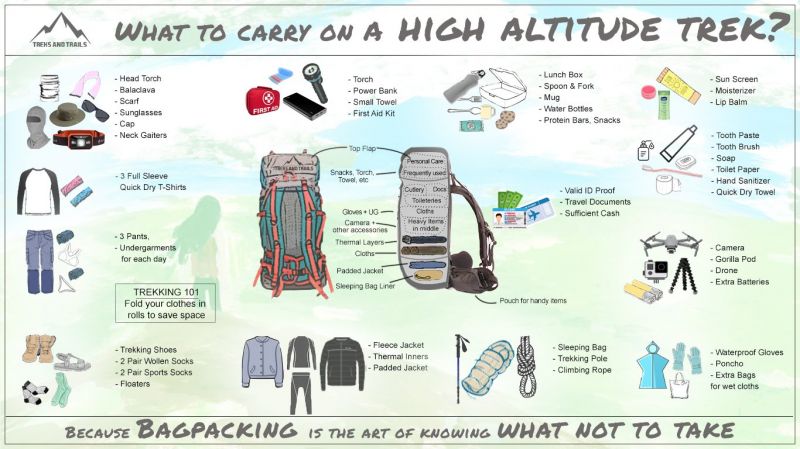
After a muddy game or practice, smelly athletic shoes can quickly make the rest of a team’s gear stink. A separate shoe compartment in sports equipment bags keeps footwear isolated so cleats don’t dirty everything else.
Look for team bags with a specialized wet/dry shoe tunnel or compartment, typically placed conveniently at the end or bottom of the bag. These lined compartments keep dirty shoes, socks and braces segregated from clean uniforms, towels and other gear.
Ventilated shoe pockets allow air circulation to dry footwear and mitigate odors. Some feature drainage grommets to let moisture escape. Removable mesh shoe bags offer similar benefits. Shoe compartments with dual zippered openings simplify access.
For team travel, larger roller bags often incorporate a lower shoe storage area with an external access zipper. This allows shoes to be packed tightly and retrieved easily without disturbing the rest of the packed contents.
If a bag lacks an integrated shoe area, individual removable shoe pouches can be used. Look for TPU-lined pouches that are puncture and abrasion resistant. The durable material also contains smells while still allowing ventilation.
After hours pounding the turf or court in sweaty shoes, an isolated shoe compartment keeps athletic footwear from fouling up the rest of the team’s belongings. Segregated shoe storage helps keep equipment bags clean and hygienic.
External Pockets and Attachments for Team Bags
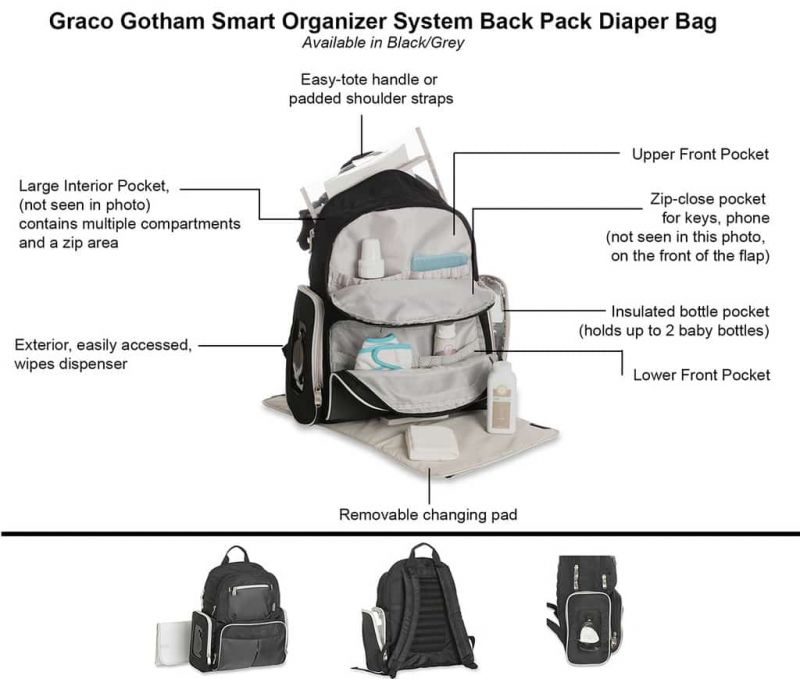
When gearing up for practice or games, sports teams need to coral socks, water bottles, towels and all kinds of accessories. External pockets and attachments on a team equipment bag help keep essentials handy.
Look for bags with multiple zippered exterior pockets in varying sizes to accommodate everything from phones and wallets to tape and medical kits. Shallow pockets allow easy access during transport. Side pockets work great for water bottles to keep hydration on hand.
Attachment points like compression straps, daisy chains or bungees make it simple to lash on additional gear externally. Some bags feature specialized external sleeves for bats, sticks or lacrosse scoops that won’t fit inside.
External pockets help organize smaller loose items so they don’t get jumbled in the main cavity. Keys and cards can go in a secure zippered pocket, while mesh stash pockets work for towels and toiletries.
For convenience, choose a bag with quick-access pockets on the ends or top so gear can be reached without having to open up the entire bag. Pockets with drainage grommets are useful for wet items or spills.
The right assortment of external organizational features eliminates the need for loose bags and gear cluttering up the dugout or sidelines. Thoughtfully designed exterior pockets and attachments keep teams playing safely and efficiently.
Wheels and Pull Handles for Transporting Team Bags
Lugging around heavy team equipment bags quickly takes a toll. Built-in wheels and pull handles make transporting gear from the bus to the locker room much easier on the shoulders, back and arms.
Look for team bags featuring in-line skate wheels and retractable metal or plastic pull handles reminiscent of wheeled luggage. These allow bags weighing 30 pounds or more to be rolled around upright rather than carried.
Wheeled duffels work well for short trips from bus to field, while roller bags with extended handles are ideal for navigating stairs or longer treks through airports and hotels during travel tournaments. Bags with large rear wheels handle curbs and cracks with ease.
Locking telescoping handles ensure the adjustable height stays fixed securely during transport so the bag doesn’t veer off-course. Padded grips make pulling heavy loads more comfortable over long distances.
For maneuverability, opt for smooth-rolling skate wheels in sets of four or more. Multiple wheels provide stability when rolling over uneven terrain. Mounting the wheels on corner rivets or an axle frame helps absorb impacts.
When hauling heaps of helmets, pads, balls and shoes, nobody wants to arrive already worn out from carrying everything. Wheeled team equipment bags roll the weight off your shoulders and onto easy-gliding wheels.
Personalized Team Bags Build Spirit
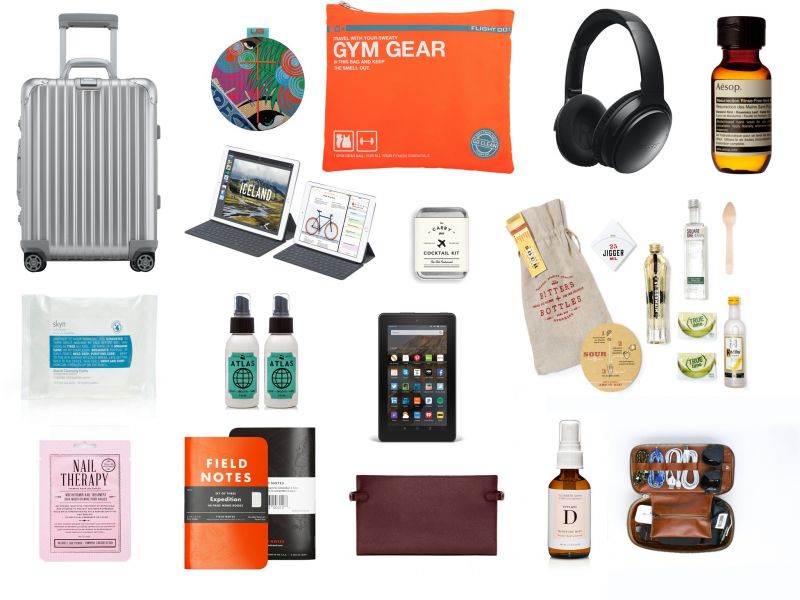
In addition to organizing gear, a team equipment bag represents the spirit and identity of the team. Personalized bags embroidered with mascots, logos and player names foster team cohesion and pride.
Look for team bags that offer custom embroidery as an option. Most bags allow the team name, sport and logo to be neatly stitched on the top, side or end panels in a contrasting thread color.
For individual personalization, players’ names and numbers can be embroidered on assigned bags to eliminate mix-ups. Embroidered initials help identify personal bags for multi-sport athletes sharing team bags.
Matching embroidered bags make a bold team statement when stacked together in the locker room or transported en masse to tournaments and championships. The prominent display of the team name builds intimidating spirit.
In addition to embroidery, custom screen printing using inks and dyes is another option for applying logos and graphics. This allows more complex and multi-colored designs.
Personalized team equipment bags foster team bonding and identity. Customized with mascots and player names, they build spirit heading into the big game.
Secure Valuables Pocket in Team Bags
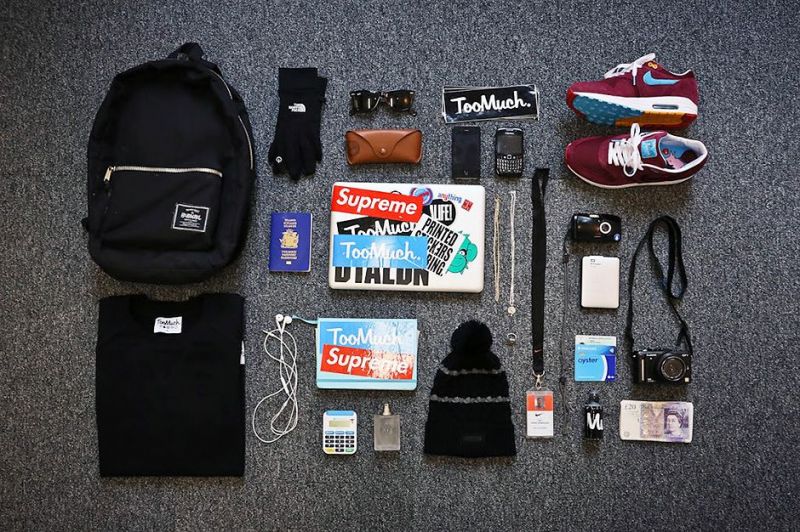
During busy games and tournaments, the last thing players want to worry about is securing personal possessions. A dedicated valuables pocket on a team equipment bag safely stashes cash, keys and electronics.
Look for bags with at least one zippered valuables pocket conveniently located for quick access, like on the top or sides of the bag. For security, pockets should be RFID blocking and lined with cut-resistant fabric rather than just spandex mesh.
Dual zippers that can be locked together using a padlock or locker lock keep larger items like wallets safely contained. Avoid flimsy zippers that could be sliced open. Theft-resistant zipper pulls are also available for an added layer of security.
Moisture resistant lined valuables pockets help protect phones, cards and cash from sweat and spills. Exterior pockets allow access without unpacking the whole bag during games when gear needs to remain organized.
For travel tournaments, having multiple valuables pockets keeps cash, passports, and expensive items all compartmentalized for peace of mind in airports and hotels.
The right valuables pocket setup securely stashes those small but critical personal possessions every athlete needs close at hand. Built-in security gives the team one less thing to stress over.
Various Size Options for Team Bags
Sports teams need equipment bags in a versatile range of sizes to accommodate gear for practices, games and travel. With expanded size offerings, teams can select just the right bags for their storage needs.
Look for team equipment bag manufacturers that provide an array of sizes including small, medium, large and oversized or “jumbo” options. This allows each team member’s role and gear loadout to be matched with the ideal bag capacity.
For example, smaller bags in the 30 to 40 liter range work well for practice gear or juniors lugging less weight. Larger 60 to 80 liter bags are ideal for bulky protective sports equipment, while colossal 120 liter bags have ample space for traveling teams.
Varied proportions like tall narrow bags, shorter wider bags and oblong duffels provide flexibility to pack odd-shaped gear. Separate wet/dry and shoe compartments increase usable space in the main compartments.
Individual position players like goalies or catchers require even more room for oversized gear. Specialty bags designed specifically for their unique needs are available.
With expanded size offerings, team equipment bags can be right-sized for any squad. Versatile capacity options accommodate both daily practices and far-off tournaments.
Lightweight Yet Tough Fabrics for Team Bags
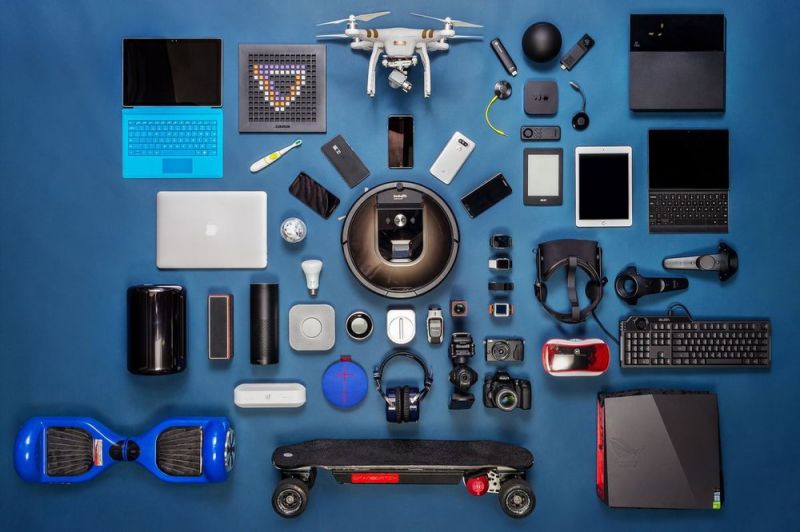
Hauling heavy gear to and from the field is tiring enough without the bag adding extra weight. Today’s team equipment bags offer lightweight fabrics that are still extremely durable.
Look for bags made using high-tenacity nylon, polyester and tarpaulin fabrics which balance lightweight performance with strength. Many are reinforced with abrasion-resistant panels in high-stress areas for added toughness.
Ripstop weave fabrics interwoven with reinforcement threads resist tearing and withstand the rigors of daily use. Durable water repellent (DWR) coatings create a lightweight barrier against moisture and grime.
Thinner yet rigid structural support panels lining the bottoms and sides of bags protect contents without adding bulk. Some bags incorporate rigid sport-specific plates to safeguard gear.
Interior fabrics should also be chosen for lightweight performance. Mesh panels enhance ventilation and visibility without adding weight. The lightest bags use minimum internal features and thin yet rip-resistant lining.
With smart material selection and construction, team equipment bags can remain feather-light for easier transport without sacrificing the strength to protect gear day in and day out.
